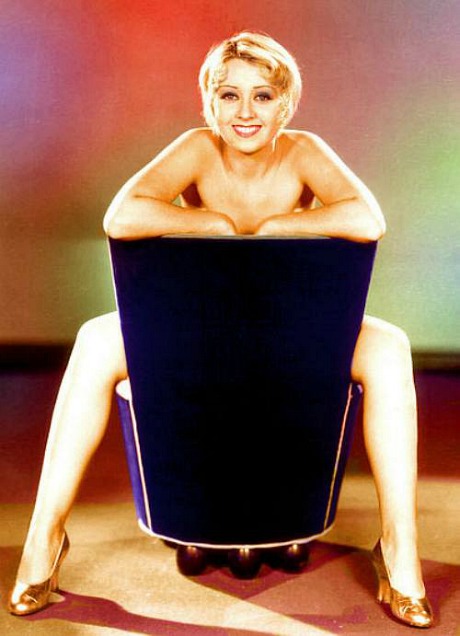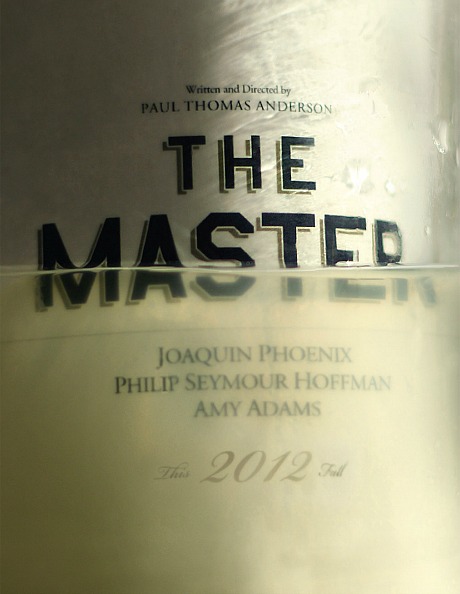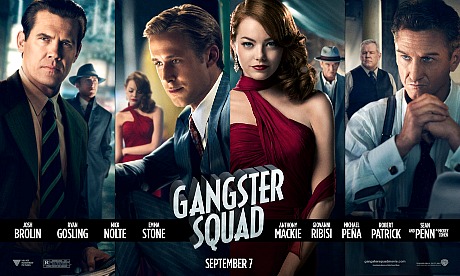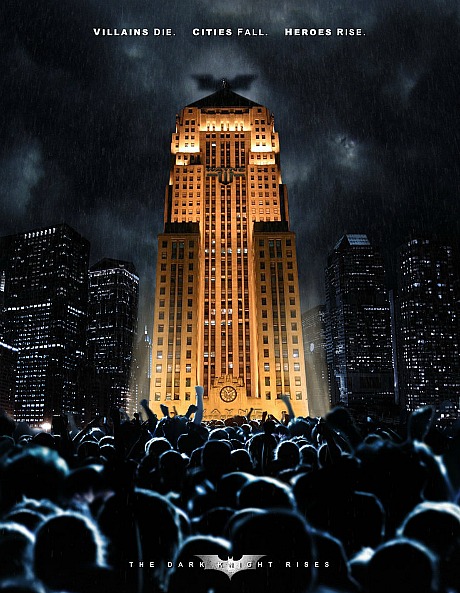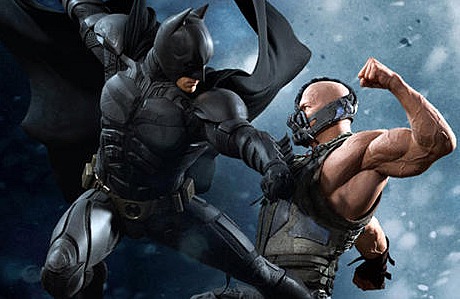Christopher Nolan‘s The Dark Knight Rises (Warner Bros., 7.20) is the first superhero flick in a long time to have won me over so completely that it made me feel like a geek. It felt so overwhelmingly effective that I just folded up my crabby attitude and put it in a Fed Ex package and sent it off to a p.o. box in New Jersey. It kills, this thing. It really does. Knockout City. Except for the ending.
Ultra-disciplined pacing, dialogue that is clear and true and adds up (and which you can actually understand except for occasional Bane moments), breathtaking IMAX footage, whomping aural impact and an exhilarating movie-ish euphoria…Nolan wins, I capitulate, and Marshall Fine and the naysayers are just too picky and picayune.
Every line of dialogue, every shot, and every cut counts in this thing. The sheer discipline that went into The Dark Knight Rises got me off more than anything else. It’s made of high-quality fibre and is densely and expertly threaded like a world-class T-shirt or carpet. And it is eighteen or nineteen times better than either of the Joel Schumacher or Tim Burton Batman films. When they say “stop your bitching and just kick back and enjoy it for the movie-movie wows and adrenaline highs,” this is the kind of film they’re referring to — this is the gold and silver and bronze standard rolled into one.
TDKR is tight, tight, tight, tight. It breathes and moves and doesn’t feel turgid but God, it’s like it began as a four-hour movie and somehow Nolan whittled it down to 165 minutes. I can’t imagine how Nolan could tell the story he’s chosen and cram it all into a two-hour running time. It flew right the hell by, I can tell you that. (I was furious that I was forced to hit the head at the 75-minute mark.) And when something is flying by (as opposed to plodding or jogging by), you just stop caring about the problems and the speed-bumps, which TDKR certainly has if you really wanna go there.
I’m not going to argue with anyone who says The Dark Knight is a better film. Fine, I don’t care, whatever. And I could complain about some aspects that bothered me here and there (like the almost Taxi Driver-ish finale), but if a well-oiled, well-tuned movie of this sort is just blitzkrieging and rolling over you like a tank and you’re lying there and loving the sheer craft and the power and the will of it, all of this stuff falls by the wayside.
I don’t even know what TDKR is really “saying” in a cultural-political-philosphical vein and for all I know it is some kind of Republican fantasy action flick that guys like John Boehner will love, but I forgot about my political affiliation as I watched it. And that’s saying something.
I didn’t like The Avengers to begin with (I called it “corporate piss in a gleaming silver bucket”), but that movie is dog excrement compared to The Dark Knight Rises. Joss Whedon is a good guy now because of his ComicCon rant about the U.S. turning into Tsarist Russia, but don’t even mention his directorial skills alongside Nolan’s. Nolan knows, Nolan is a madman, Nolan delivers and will kick your ass around the block with this film. He and his co-writing brother Jonathan and co-story guy David Goyer…all in the weaving and the tight, tight, tight, tight, tight construction.
I won’t argue with anyone who’s claiming that TDKR doesn’t align all that well with what’s percolating today with the banksta gangstas and Occupy-ers and official lies about the spirit-soaring wonder of living in the USA today (which nobody with half a brain believes in any more), and I won’t argue against anyone who feels that Bane’s (i.e., Tom Hardy‘s) Escape From New York-style imprisonment of Manhattan is like some loony Republican fantasia about what could happen to this country if leftist hooligans and illegals were to have their way entirely. There are obvious echoes in the financial calamities that befall Buce Wayne’s empire, but I will say no more than that.
But I will argue against anyone who claims that The Dark Knight Rises doesn’t work. It has to be regarded as one of the year’s best so far, and I really don’t see how the Academy oldsters can dismiss it and not say “okay, we get it…we should have nominated The Dark Knight and we know we fucked up, so we’re going to nominate the finale…not with any expectation that it will win or anything, but because it absolutely deserves to be called one of the year’s finest films.”
This is a movie and a half that just carries you along like white-water. I went in with a bit of a pissy attitude — I’ll admit that now. I was waiting to be disappointed or underwhelmed in some Marshall Fine-like way, but it just refused to comply. A lady academic friend who came along said she felt bored, but for me it never sagged or wheezed or felt tedious or ponderous. I know I was in good hands almost immediately. By the half-hour mark I said, “Oh, the hell with it…this thing is wailing.”
It’s true about Joseph Gordon Levitt and especially Anne Hathaway delivering the best performances, but Christian Bale delivers as forcefully here as he did in Batman Begins and The Dark Knight, so I think the credit should be spread around more evenly. And Hardy isn’t constrained or under-served by playing bad-guy Bane — I think he actually delivers a memorable bang-up performance considering that half of his face is covered by a breathing device. (There’s one tiny glimpse of his facial entirety at the end.) Michael Caine, Gary Oldman, Liam Neeson, Marion Cotillard, Morgan Freeman, Ben Mendelsohn, Matthew Modine, Tom Conti…everyone delivers like a champ.
There’s no way you can see this except on a huge IMAX screen. I would love to go back and catch it in IMAX again this weekend, but I know I won’t be able to get in. And forget Bluray or watching it on an iPad or iPhone or any other substitute experience. And cheers to dp Wally Pfister, who’s one of the last hold-outs against digital photography. It may be that The Dark Knight Rises will be one of the last super-successful movies shot on celluloid, but what a finale! This is one terrific-looking film. And what a glorious thing not to have to deal with 3D glasses…pure pleasure!


